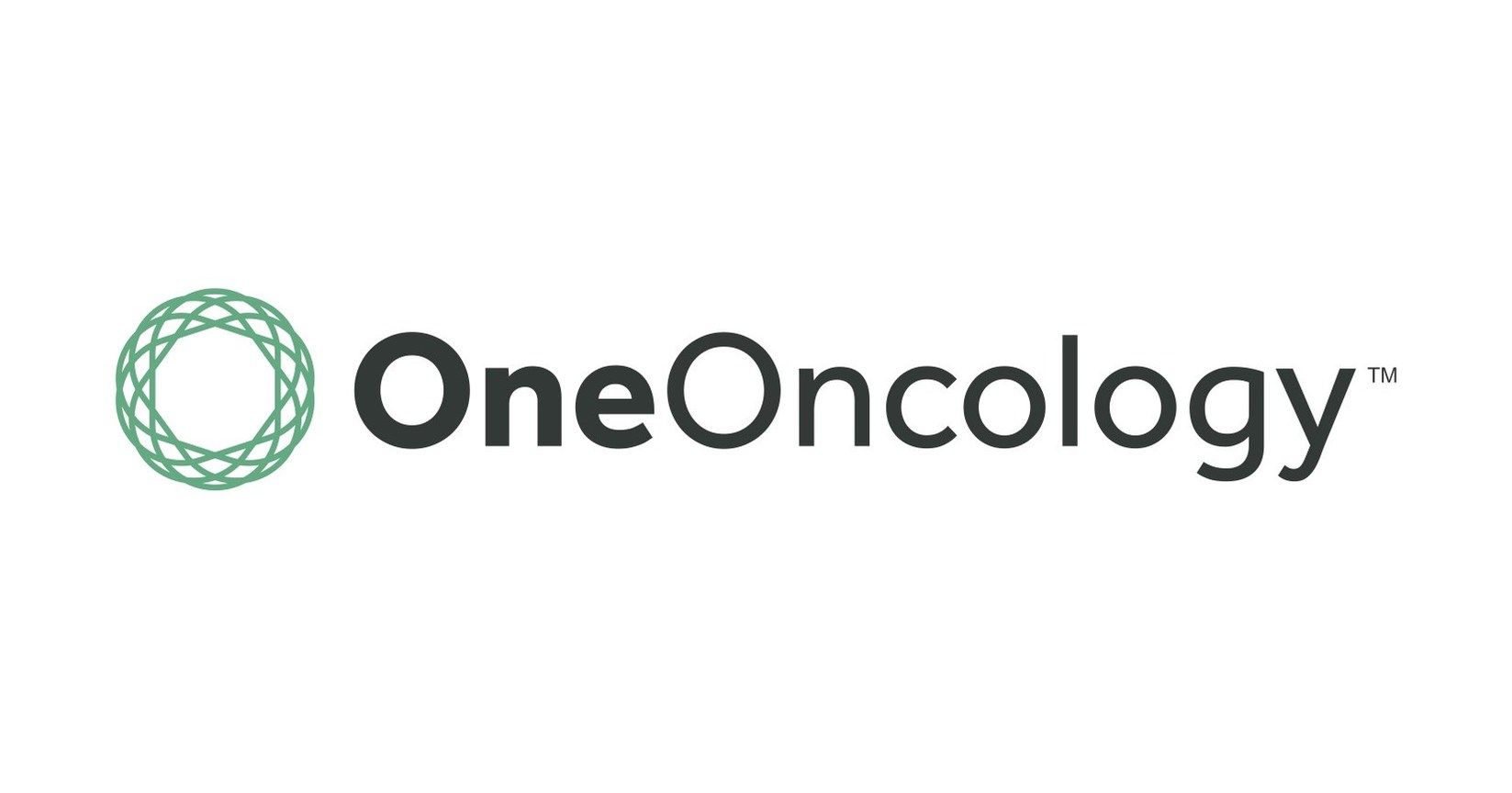Article
Medication Errors Outside of Health Facilities Cause Serious Medical Outcomes
Author(s):
According to researchers, additional preventative efforts are necessary to curtail the increasing rate of non-healthcare facility medication errors that can result in serious patient outcomes.
According to researchers, additional preventative efforts are necessary to curtail the increasing rate of non-healthcare facility medication errors that can result in serious patient outcomes.
A recent study performed a retrospective analysis of non-healthcare facility medication errors with data from 2000 through 2012 from the National Poison Database System (NDPS), which incorporates national exposure data that was reported to US Poison Control Centers (PCCs). PCCs are required to report the medical outcome of each case to the NPDS, allowing the severity of each exposure to be categorized in the study.
Of all recorded exposures by the PCCs in the US, 67,603 met the necessary criteria for the study. The analysis calculated the average exposure rate for serious medication errors as 1.73 per 100,000 of the US population, and there was a 100% increase in this rate, from 1.09 per 100,000 people in 2000 to 2.28 in 2012. There was an increase in the rate of exposure during the study period among all age groups except those younger than 6 years.
The most common medication errors included “other incorrect dose” (19.8%), “wrong medication taken/given” (18.4%), and “inadvertently took/given medication twice” (15.7%). Most often, these mistakes had a moderate effect (93.5%), while 5.8% had a major effect and 0.6% resulted in death.
“On an average, there were more than 5200 non-health care facility medication errors resulting in serious medical outcomes reported to US PCCs annually during the 13-year study period,” notes the study. “These exposures, which occurred primarily in the home, affected individuals of all ages and were associated with a wide variety of pharmaceuticals.”
In order to prevent these medical errors and their consequences, the study suggests improved healthcare provider training, as well as improvements in product packaging, labeling, and dosage instructions. They also recommend additional drug monitoring and emphasize education for physicians, patients, parents, and caregivers.
“These errors represent an important burden on the health care system, with one-third of the 67,603 exposures included in this study resulting in hospital admission,” the study concluded. “Most non-health care facility medication errors are preventable, and our findings can help inform prevention efforts.”




